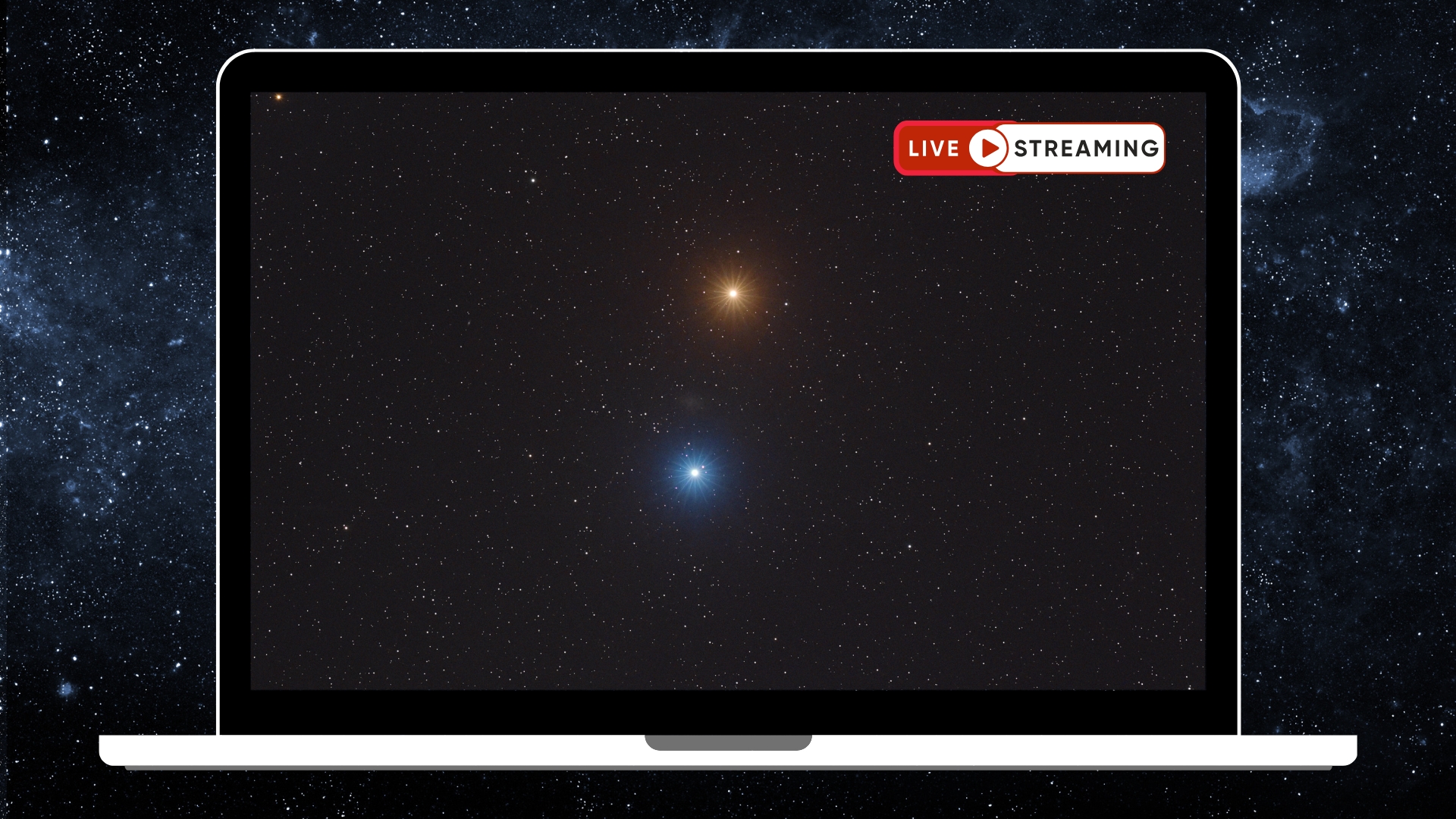Do the Monkey Time
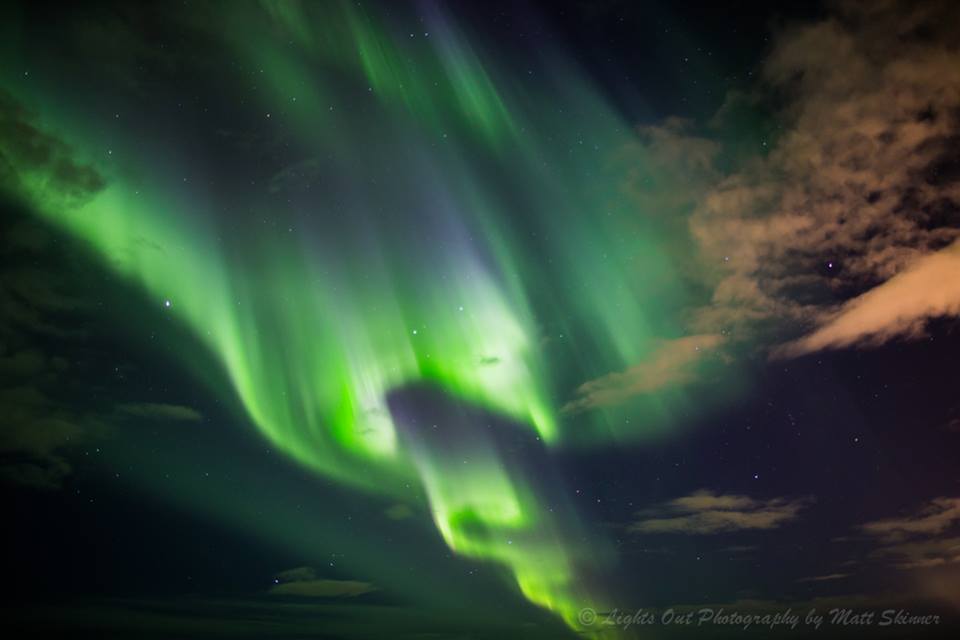
Wednesday, April 15, 2015: Astrophotographer Matt Skinner sent in his photo of an auroral display over Potter Marsh, south of Anchorage, Alaska, taken on April 11, 2015. He writes in an e-mail message to Space.com: “I titled it 'Proboscis Monkey Aurora' as I felt it had an uncanny resemblance to a proboscis monkey.”
— Tom Chao
Aurora Borealis
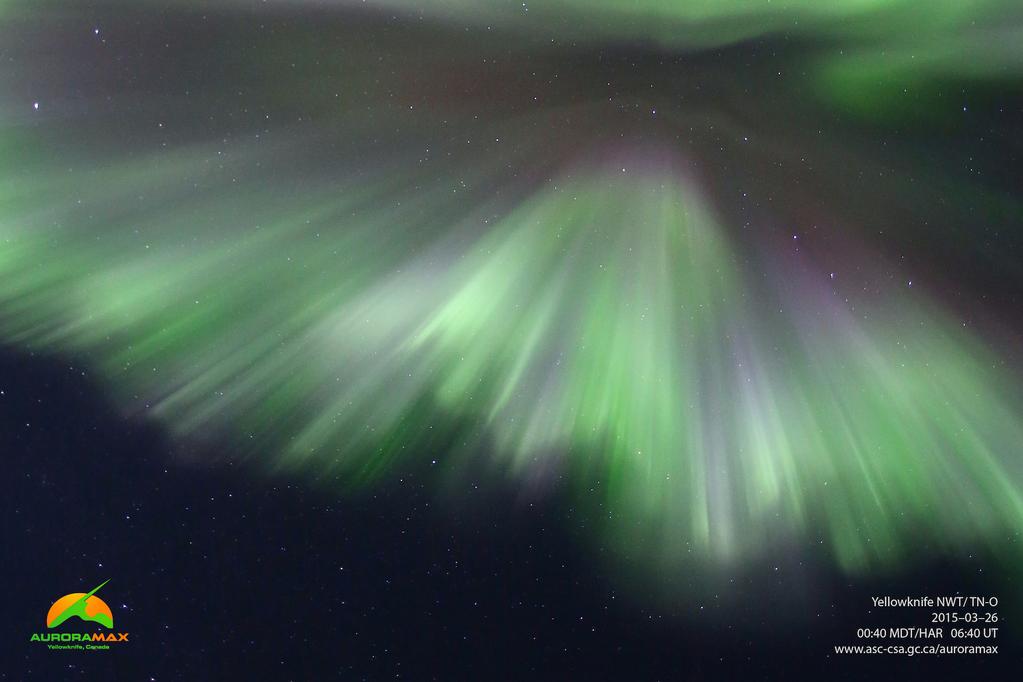
Thursday, April 16, 2015: Canada's automated aurora camera tweeted this photo, writing: "AURORAMAX GALLERY • Latest photo of #aurora borealis above #Yellowknife, #NWT taken at 00:40 MDT on March 26, 2015."
— Tom Chao
New Scandinavian Looking
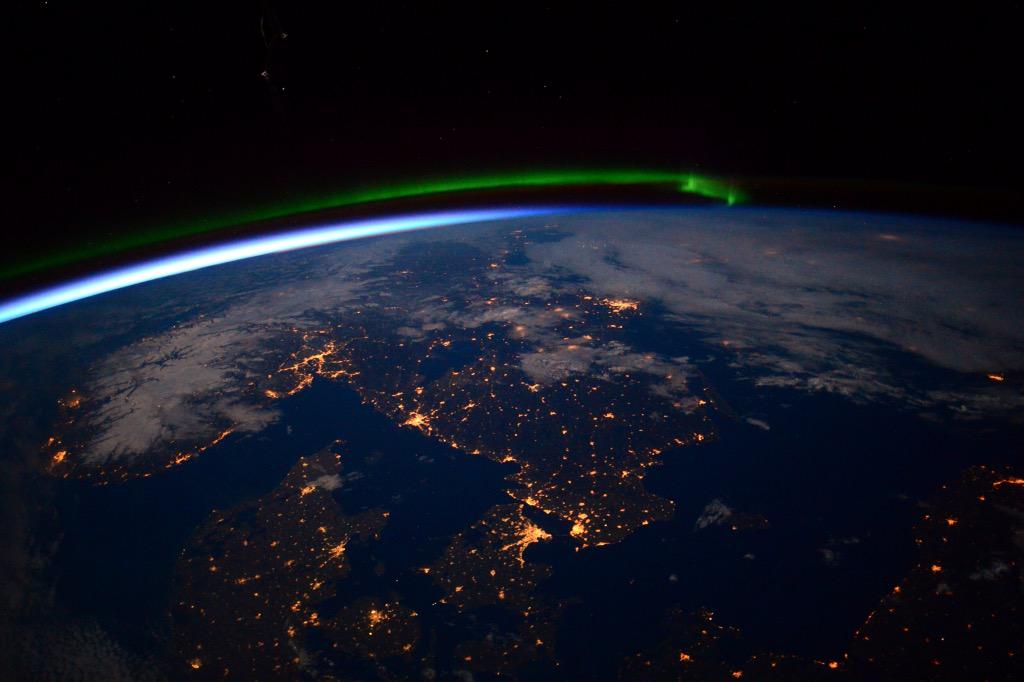
Friday, April 17, 2015: NASA astronaut Terry Virts tweeted this photo of the Scandinavian countries seen from the International Space Station on April 13, 2015. He wrote: "Most of Scandinavia seen at night. #Norway, #Sweden, #Denmark, and my former home #Finland in the distance. http://t.co/0HCtqalsIH" A green aurora glows over the limb of the Earth.
— Tom Chao
Good Morning, Saturnshine
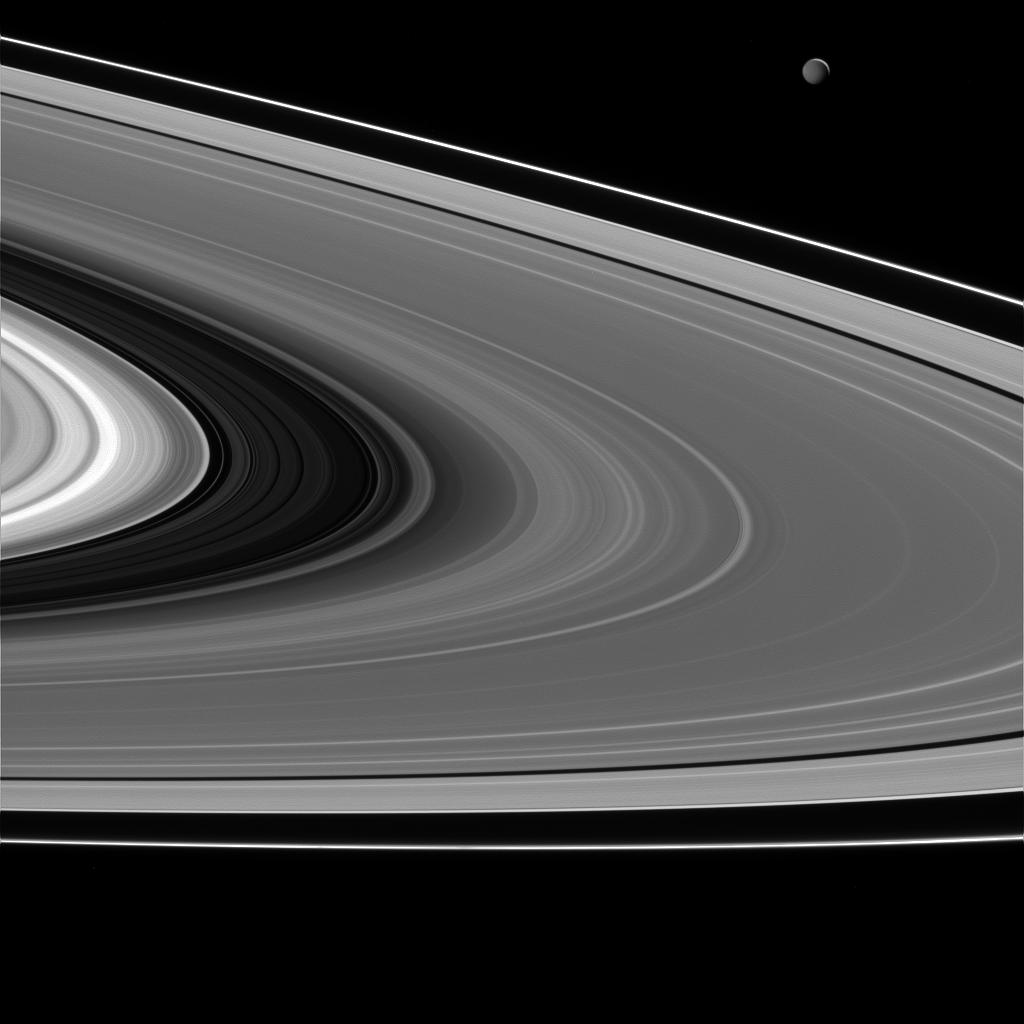
Monday, April 20, 2015: Saturn’ moon Mimas (top right) appears in light reflected from the ringed planet, called “Saturnshine.” As the sunlight reflected from Saturn decreases significantly in intensity, for this photo Mimas has been boosted in brightness 2.5 times that of the rings. Cassini spacecraft obtained the image in visible light with the narrow-angle camera on Feb. 16, 2015. Image released April 13, 2015.
— Tom Chao
The Sun Going Down
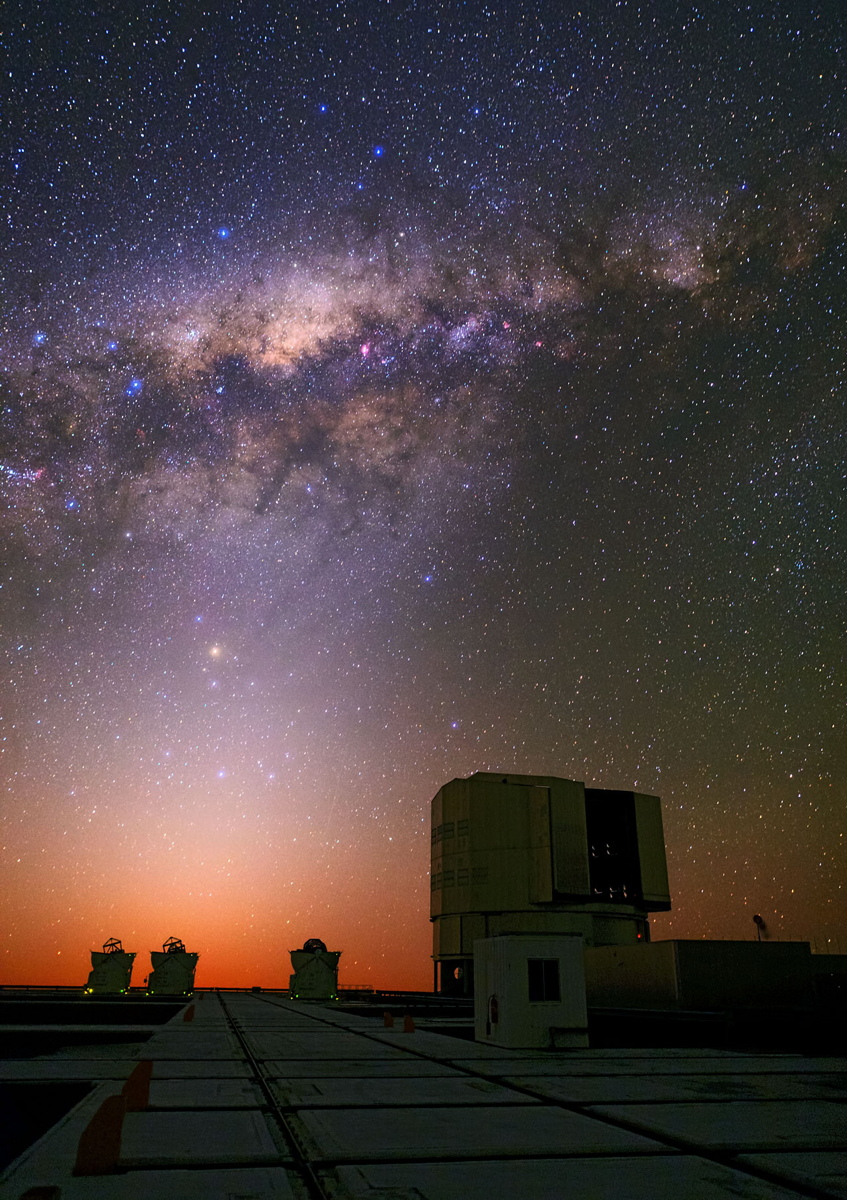
Tuesday, April 21, 2015: The sun sets while the Milky Way and zodiacal light glow over the platform of the European Southern Observatory’s Very Large Telescope (VLT) on Cerro Paranal, Chile. Pink regions in the disc of our galaxy show where new stars come into existence. The sun represents just one of over 400 billion stars found in the Milky Way. In the image, one of the Unit Telescopes (foreground) and three of the four Auxiliary Telescopes stand as parts of the Very Large Telescope Interferometer. To the left of the Unit Telescope a very faint meteor appears, and the red supergiant star Antares, in the constellation of Scorpius, stands out above the Auxiliary Telescopes. Image released April 20, 2015.
— Tom Chao
Floating in a Most Peculiar Way
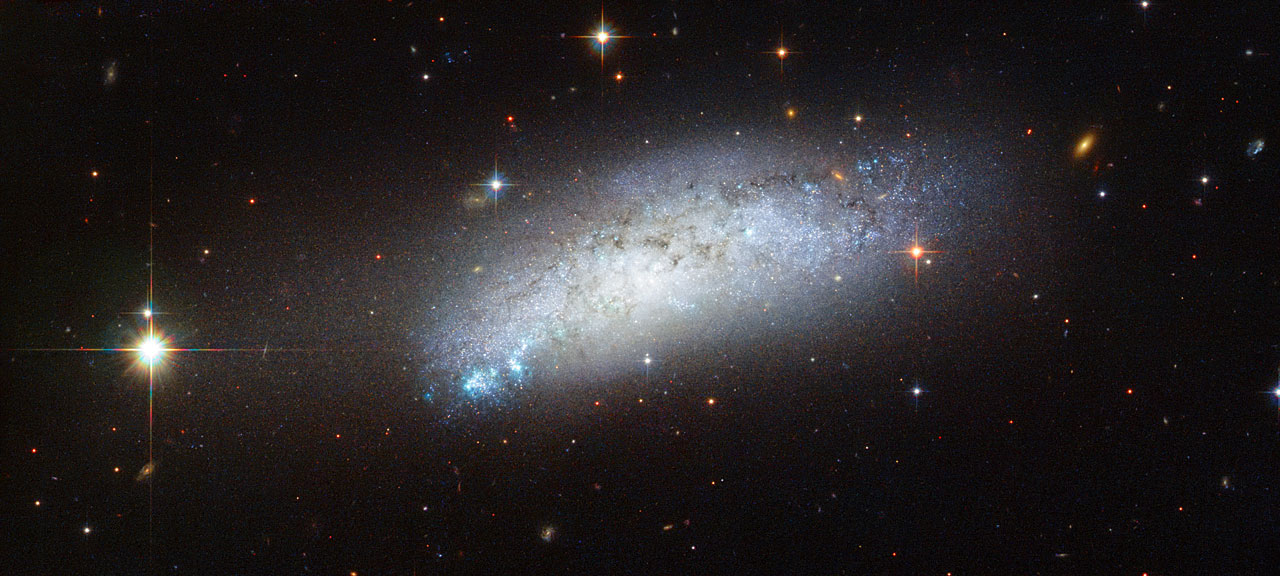
Wednesday, April 22, 2015: Galaxy ESO 162-17 lies about 40 million light-years away in the constellation of Carina. Researchers call ESO 160-17 a “peculiar galaxy,” because it has interacted with other cosmic neighbors. Galaxies of this type possess an usual shape, composition, or amount of dust and gas. Additionally, astronomers became aware, on February 23, 2010, of a faint and rare supernova named SN 2010ae located within the galaxy. Incidentally, the four points seen on the foreground stars in this image result from incoming light diffracted by the supporting struts of the Hubble Space Telescope’s secondary mirror. Image released April 20, 2015.
— Tom Chao
Riding the Fence
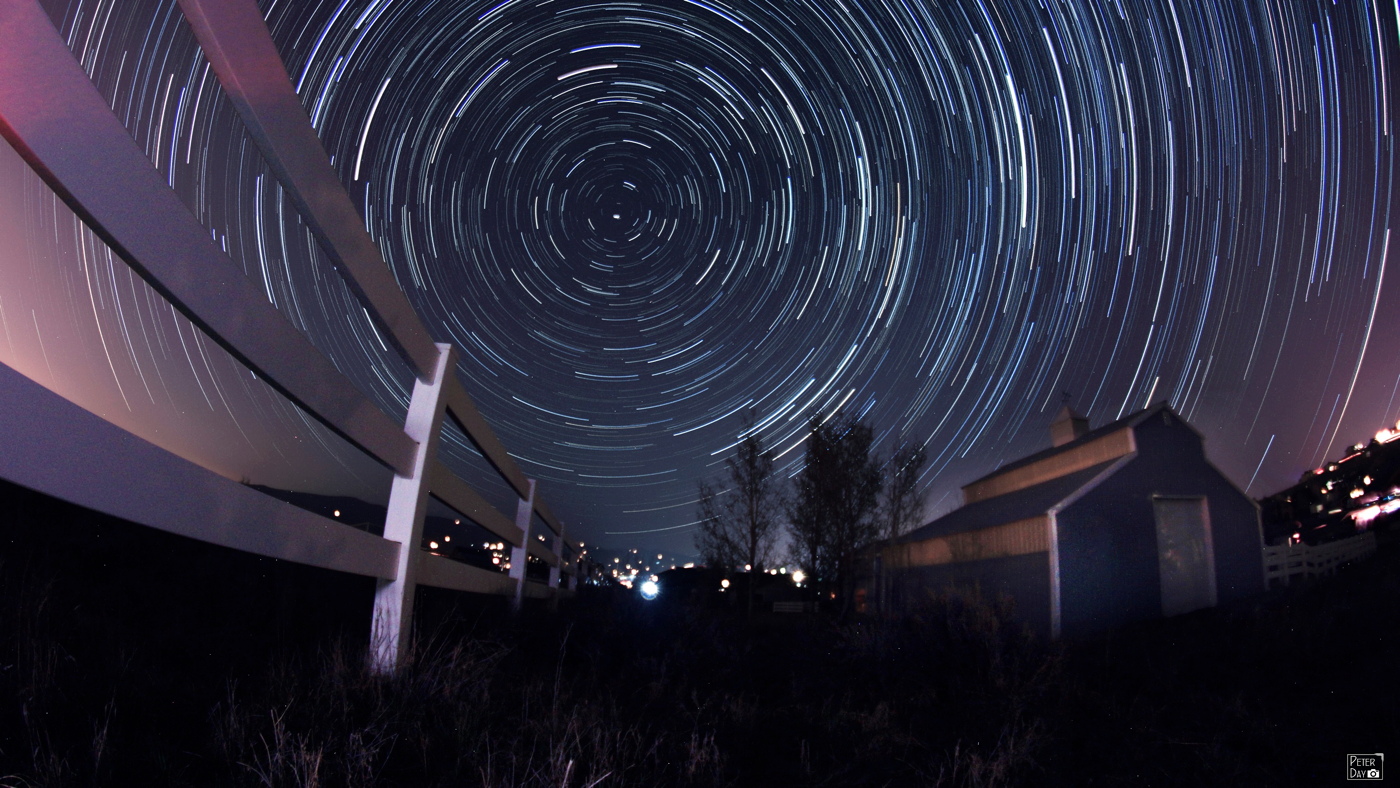
Thursday, April 23, 2015: Astrophotographer Peter Day sent in a photo of stars appearing to trail through the night sky over Park City, Utah, on April 22, 2015. He reports in an email to Space.com that he was out hunting for Lyrid meteors, which he captured in other photographs taken during the same session.
— Tom Chao
Breaking space news, the latest updates on rocket launches, skywatching events and more!
Happy 25th Anniversary, Hubble Space Telescope!
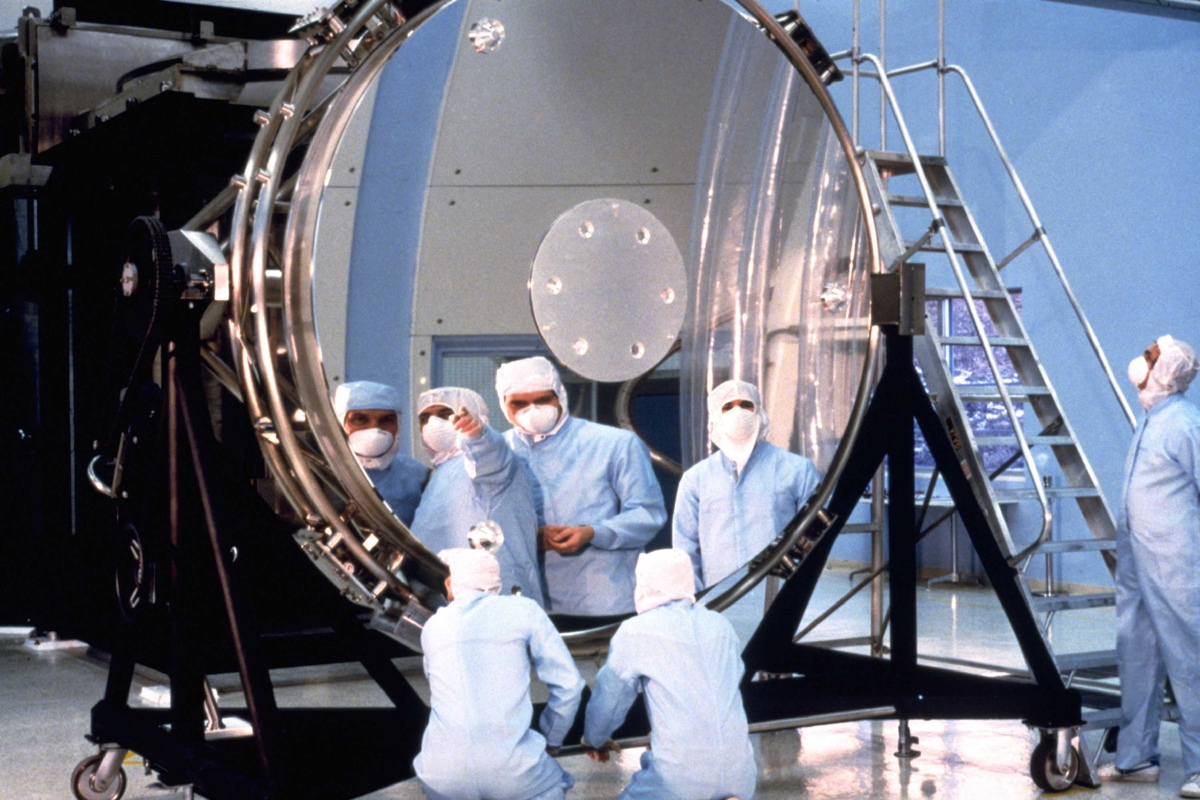
Friday, April 24, 2015: Workers at the Perkin-Elmer company view Hubble Space Telescope's primary, 8-foot (2.4 m) mirror in a photo dated June 6, 1984. The telescope launched into space on April 24, 1990. Hubble’s main mirror reflects light onto a smaller, secondary mirror which sends the light back through a two-foot (0.6 m) hole in the center of the main mirror to instruments that collect the scientific data. The hole is covered here. Famously, the main mirror suffered from flaws that made the telescope unable to provide clear images until astronauts made repairs on-orbit. Today, after 25 years in space, Hubble continues contributing to discoveries revolutionizing the field of astronomy. [See related article.]
— Tom Chao
Active Lifestyle

Monday, April 27, 2015: A group of active regions on the sun came into view, creating a number of entwined looping arches on Apr. 11-15, 2015, as seen by the Solar Dynamics Observatory. The loops, here visible when viewed in a wavelength of extreme ultraviolet light, consist of charged particles tracing magnetic field lines emanating from active regions. Such regions can potentially produce significant solar storms.
— Tom Chao
When You're in the Milky Way
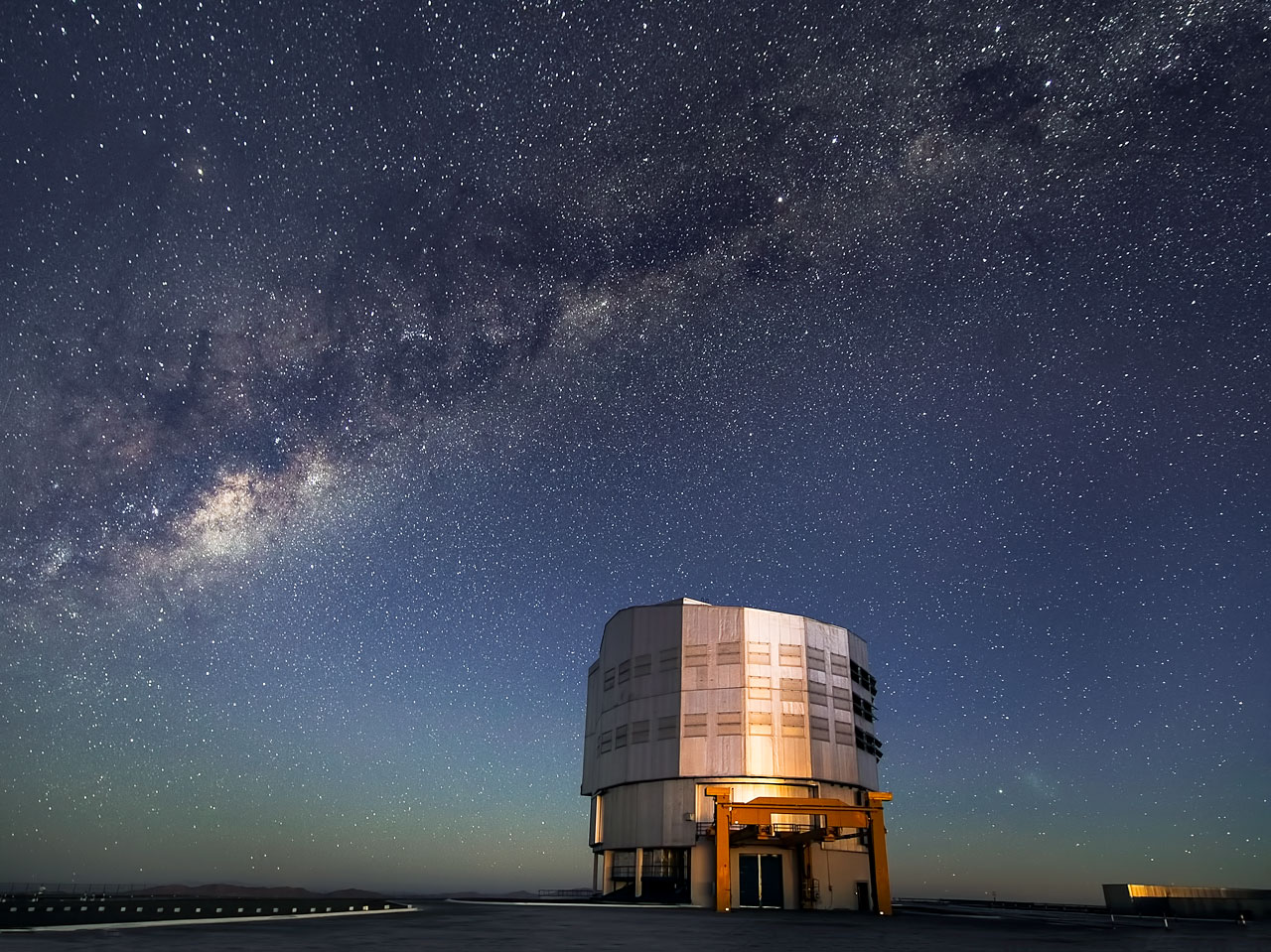
Tuesday, April 28, 2015: The sun sets and the Milky Way rises over Unit Telescope number 4 at ESO’s Paranal Observatory in Chile. The Milky Way consists of 100–400 billion individual stars stretching along its 100,000 light-year length. Unit Telescope number 4, known as Yepun, makes up one of four 8.2-meter telescopes that work together as one huge telescope, allowing the detection of details up to 16 times finer than possible with the individual telescopes. Image released April 27, 2015.
— Tom Chao
Join our Space Forums to keep talking space on the latest missions, night sky and more! And if you have a news tip, correction or comment, let us know at: community@space.com.

